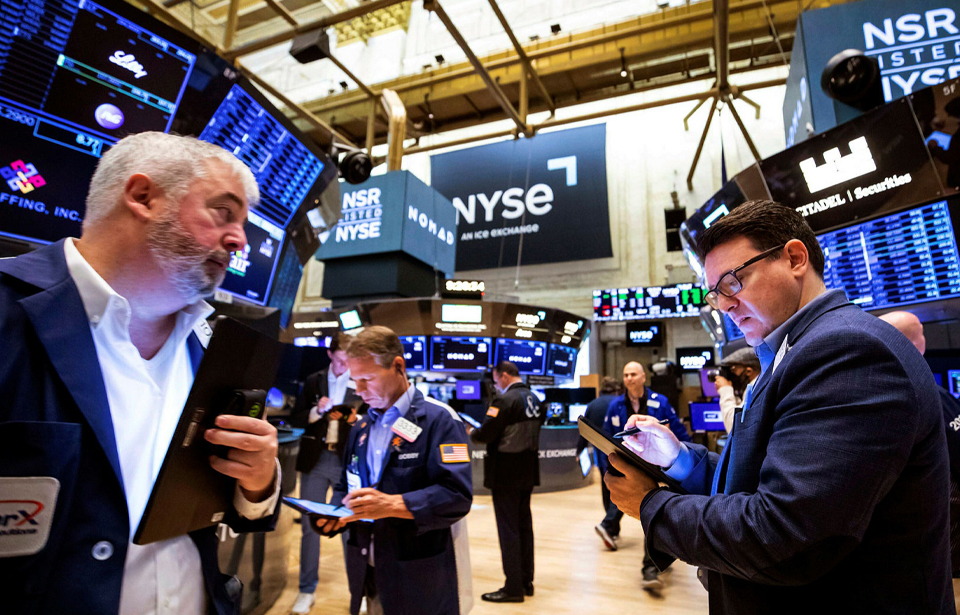In July, small caps and value stocks led the market by the widest margins in decades, illustrating the potential rewards of patience for investors. However, with tech stocks regaining momentum on Wednesday, there is growing curiosity about the longevity of this catch-up trade.
Before the shift on July 11, some investors who felt left behind by the artificial intelligence (AI) boom turned to small-cap, midcap, and large-cap value stocks, viewing them as undervalued opportunities. This decision paid off as these segments surged ahead after a sustained rally in AI-related companies had left small-cap and value stocks at their cheapest levels relative to the S&P 500 and Nasdaq Composite in decades.
Over the past month, small caps and value stocks have outperformed their large-cap and growth counterparts by some of the largest margins in years, according to Dow Jones Market Data. However, a technology-led rally on Wednesday helped narrow the gap in favor of the Nasdaq Composite and S&P 500, as Microsoft Corp.’s latest earnings report bolstered investor confidence in the AI trade.
Key Highlights:
- The small-cap Russell 2000 outperformed the Nasdaq Composite in July by 11.19 percentage points, marking its largest monthly outperformance since February 2001. It is also poised for its best outperformance against the S&P 500 since February 2000.
- The S&P 500 equal-weighted index is on track to outperform the S&P 500 by 2.8 percentage points, its widest monthly margin since February 2021.
- The Russell 1000 Value index is set to outperform the Russell 1000 Growth index by 7 percentage points, its widest margin since March 2001. The S&P 500 value index is also on track to outperform the growth index by the widest margin since October 2022.
- The Dow Jones Industrial Average is outperforming the S&P 500 by 3.64 percentage points, on pace for its best month since October 2022.
- Despite these gains, these market sectors still have ground to cover compared to growth-oriented areas like information technology and communications services, which house many of the prominent tech stocks known as the Magnificent Seven.
Shift in Leadership Was Overdue
For strategists like Richard Bernstein, who advocated for undervalued market sectors over the past year, the July catch-up was long overdue. Bernstein noted that when overall profits accelerate, investors tend to compare earnings growth opportunities. He suggested that these undervalued sectors might continue to outperform leading AI stocks over time, though predicting short-term trends remains challenging.
Economic Factors Could Influence the Catch-Up Trade
Some analysts believe that while small caps and value stocks remain attractive relative to their Big Tech peers, their success hinges on the U.S. economy’s performance. Ross Mayfield, an investment strategist at Baird, highlighted that if the Federal Reserve fails to achieve a soft landing, recent gains in small caps and cyclical sectors like financials, industrials, and materials could reverse. He also noted that small caps are vulnerable due to their floating-rate debt and exposure to regional banks, which could be problematic in a recession.
Some economists, including former New York Fed chief Bill Dudley and Renaissance Macro’s Neil Dutta, have suggested that the Fed should cut rates to avoid recession risks, a view Mayfield shares due to recent labor market weaknesses.
Potential for Big Tech’s Resurgence
Michael Lebowitz, a portfolio manager at RIA Advisors, believes that sentiment and positioning played a significant role in the recent shift. Overcrowded trades in megacap stocks and short positions in small-cap value stocks may have prompted this rotation. Lebowitz suggested that market fundamentals like earnings often take a backseat to intangibles like investor confidence, particularly regarding AI’s transformative potential. Although AI might not ultimately meet productivity growth expectations, investor confidence remains strong for now.

